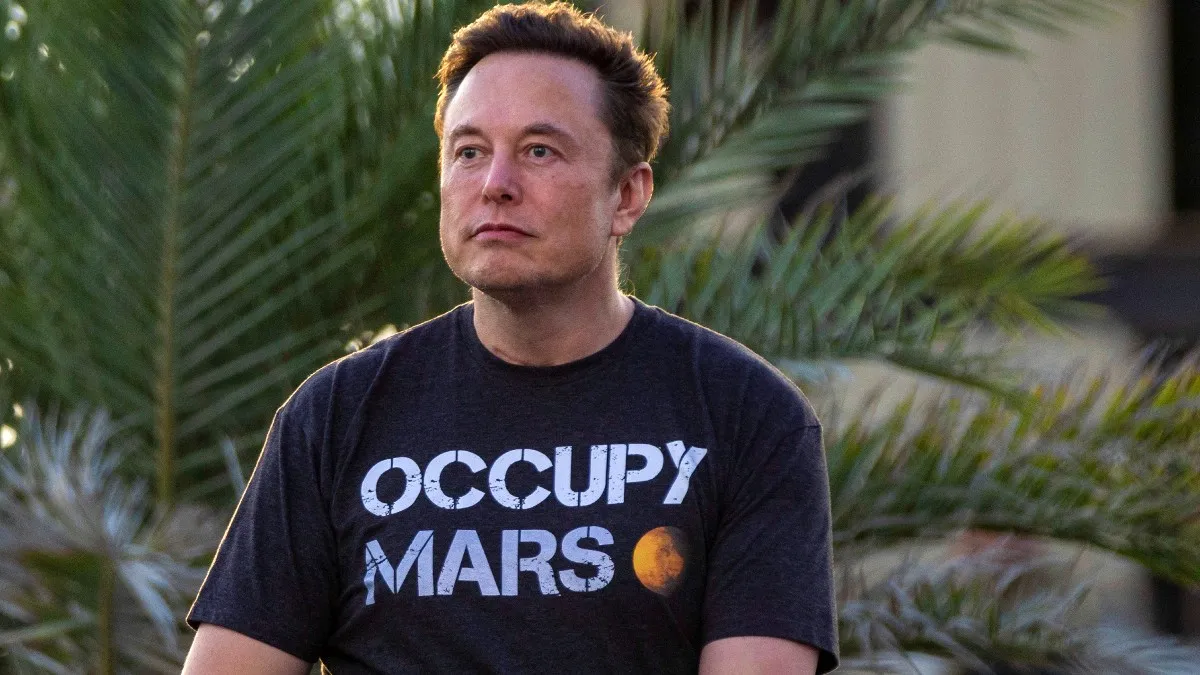The long train of rumors about Google’s new social product has finally reached the station: Today, Google officially announced the rollout of +1 (pronounced “plus one”), which basically slaps a “like” button onto the entirety of web search. On its face, it’s pretty simple: Users log into their Google accounts and click the +1 button next to any search result. Like Facebook’s Like button, +1s are shared with a user’s immediate network of contacts within Google, but it’s more far-reaching: Their preference for this content is visible for the whole web to see. “They can appear in Google search results, on ads, and sites across the web. You’ll always be able to see your own +1’s in a new tab on your Google Profile, and if you want, you can share this tab with the world.”
The Wall Street Journal reports that social +1 buttons, similar to Digg, StumbleUpon, and Facebook Share buttons, will be coming to websites near you soon:
Over the coming months, the project also will allow website publishers including news sites and blogs to install buttons with a “+1” logo on their Web pages so that Google users could click on them to signal that they liked a particular page and share that information with their social network inside of Google, Mr. Cutts said.
It’ll probably get more play than the Google Buzz button, in any event. (Incidentally, Google revealed today that it had settled with the FTC over privacy complaints related to Buzz.)
Google explains +1 in video form:
So what’s this all about? This seems a more focused effort than Buzz in that Google isn’t trying to build a social network from scratch (or shanghai existing accountholders into joining one) so much as beef up its most important product: Its ads. MG Siegler notes that AdSense ads will incorporate +1 data “not just on Google Search result pages, but also across the whole web … And these newly social ads require no changes from advertisers, the bidding model doesn’t change at all and as a bonus +1 data will now be included in reports, Google’s Christian Oestlien says.”
We’ll see how it plays out when the users begin flooding in, but +1 isn’t really as fun, as sexy, or as social as Facebook’s or Twitter’s various web-consuming widgets. But it doesn’t have to be: Even halfhearted adoption by some percentage of Google users will, if Google plays its cards right, allow it to serve up more effective, socially targeted ads, which is the real prize over which it is locked with Facebook in mortal struggle. Of course, the question is how consumers will feel about this.
Google is slowly rolling out +1 over the coming days: If you just can’t wait to turn it on yourself, you can do so at http://www.google.com/experimental/index.html.








Published: Mar 30, 2011 02:39 pm